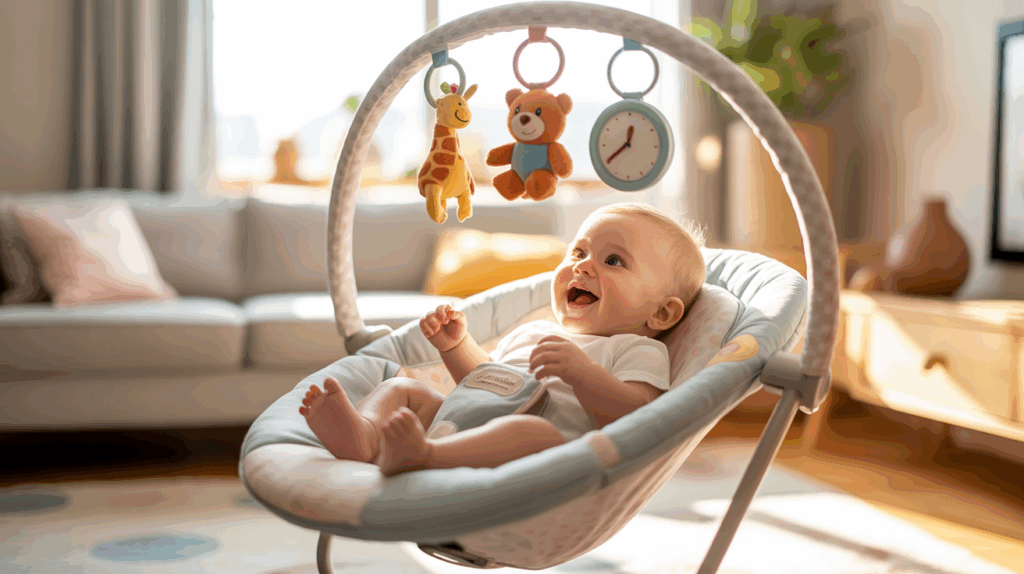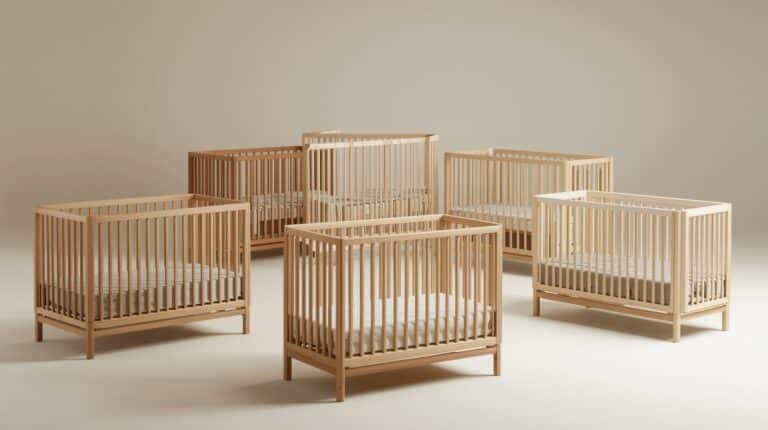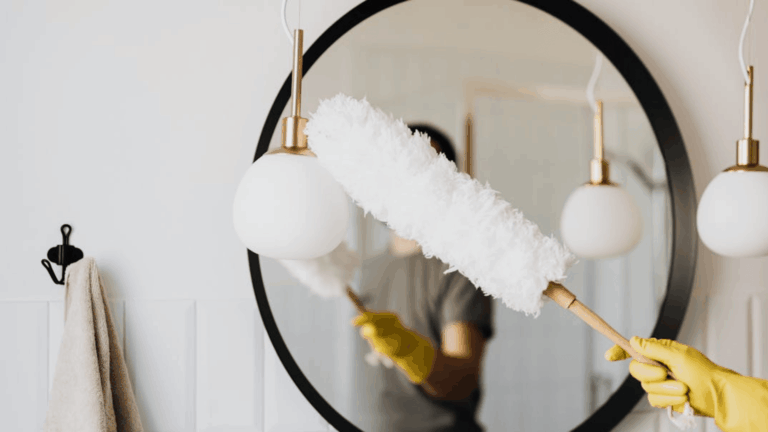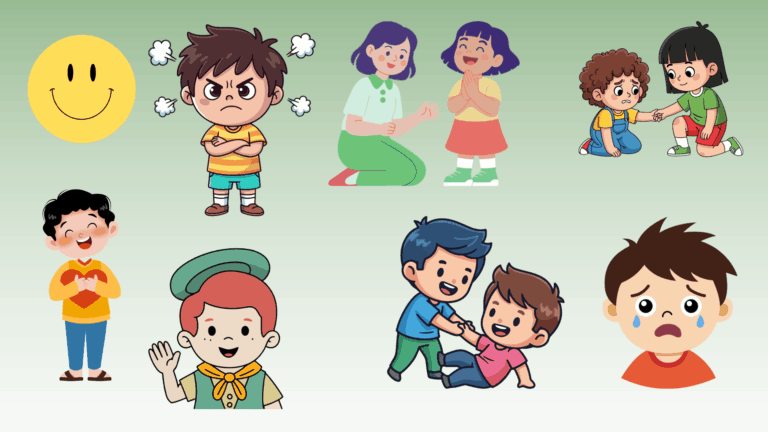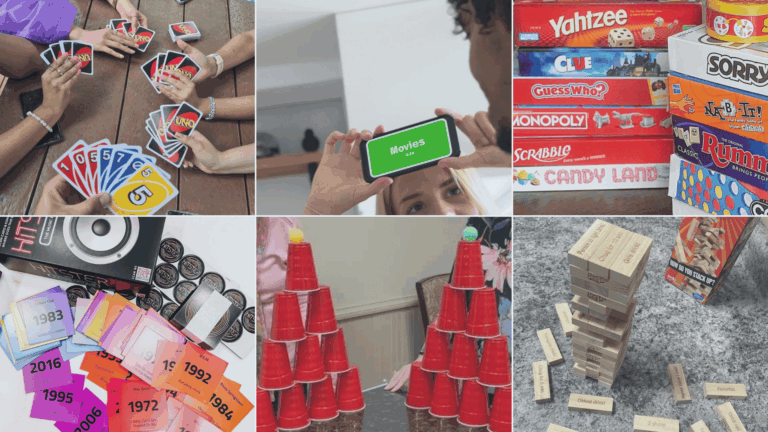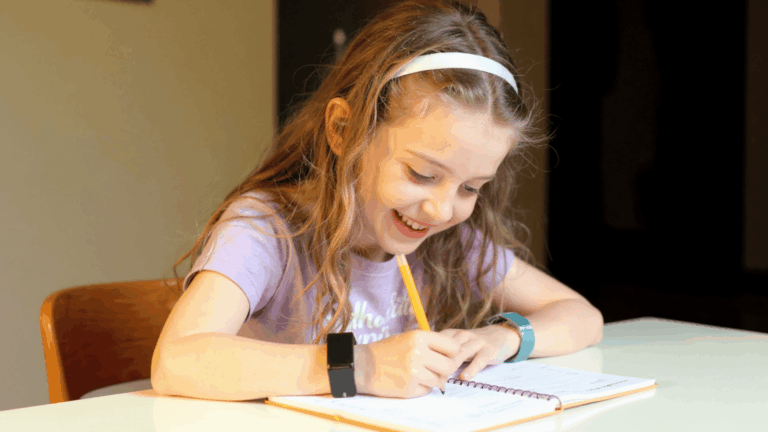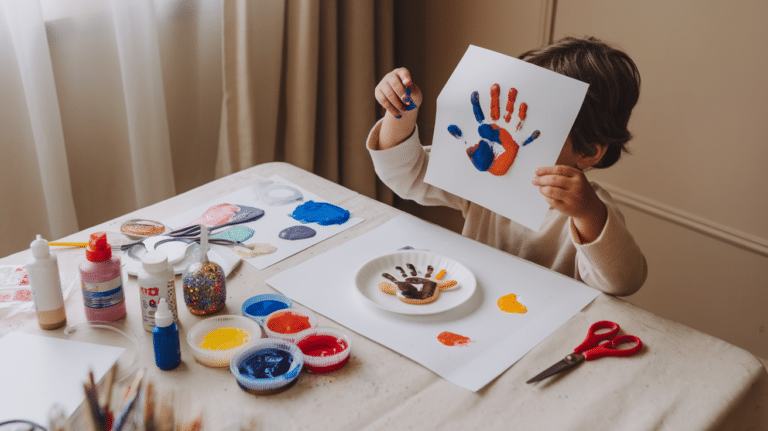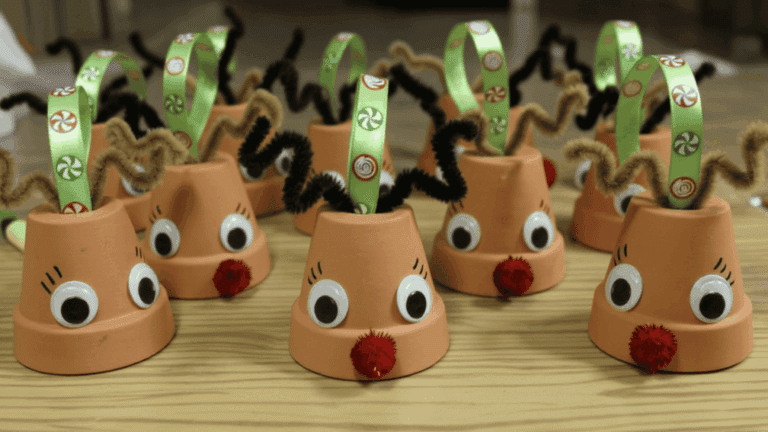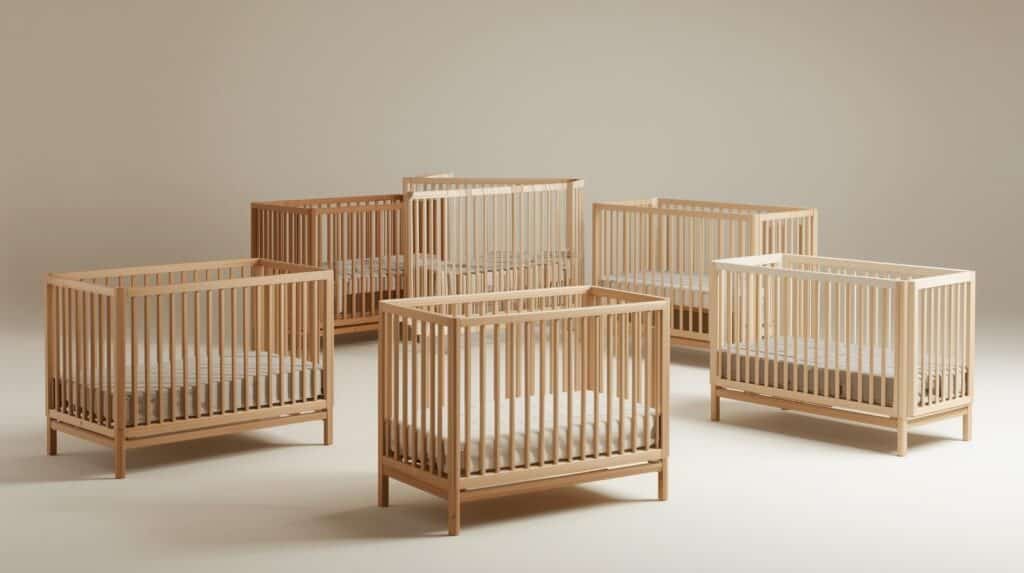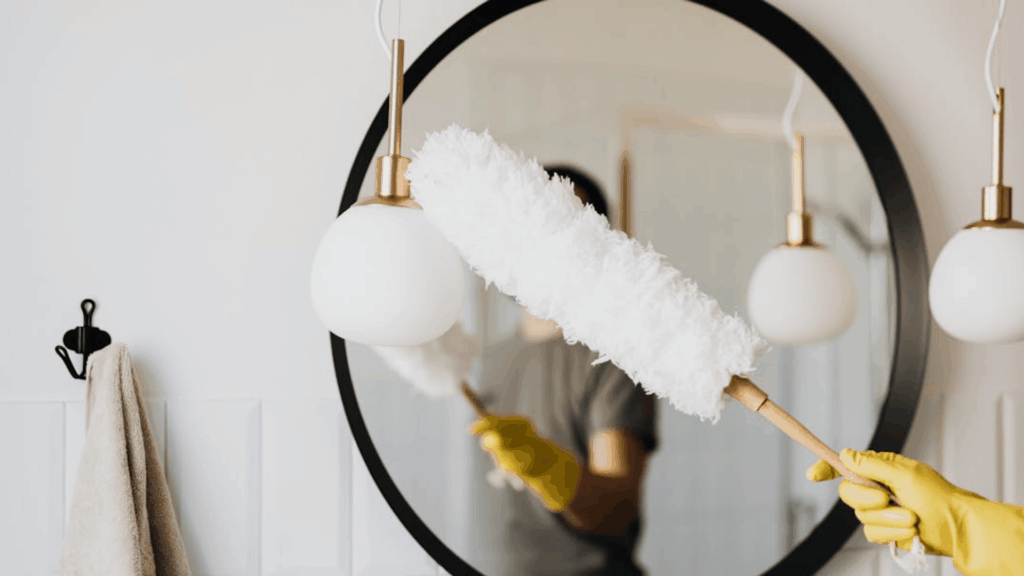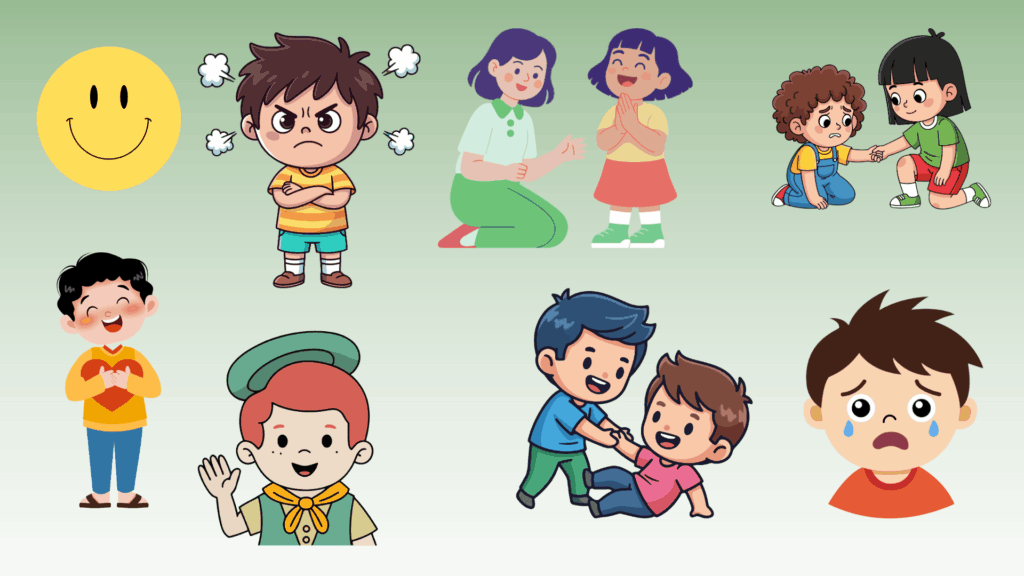As a new parent, you’ve probably seen those cute baby bouncers in stores or online. They look fun and might give you a much-needed break.
But you may be asking, are bouncers safe for babies? It’s a great question. Many parents use bouncers, but there are some things to know before you buy one.
In this post, we’ll examine “Are bouncers safe for babies?” and their benefits or any risks they might pose. We’ll also discuss how to use them safely if you decide to get one.
Understanding Baby Bouncers
Baby bouncers serve as special seats for infants who cannot yet sit up by themselves. These seats feature soft fabric covers and strong straps that keep babies safe while they rest.
When little ones kick their legs, many bouncers move gently up and down, creating a fun feeling that babies enjoy. Colorful toys often hang above for babies to watch and reach for as they grow.
Parents can choose from simple cloth seats to models with music and gentle movements. Some fold easily for storage, while others stay in one spot.
The main purpose is to give babies a safe place to watch their surroundings. Modern bouncers must pass strict safety tests.
Most work well from birth until babies learn to sit up, around 6 months old.
Are Bouncers Safe for Babies? Safety Concerns and Risks
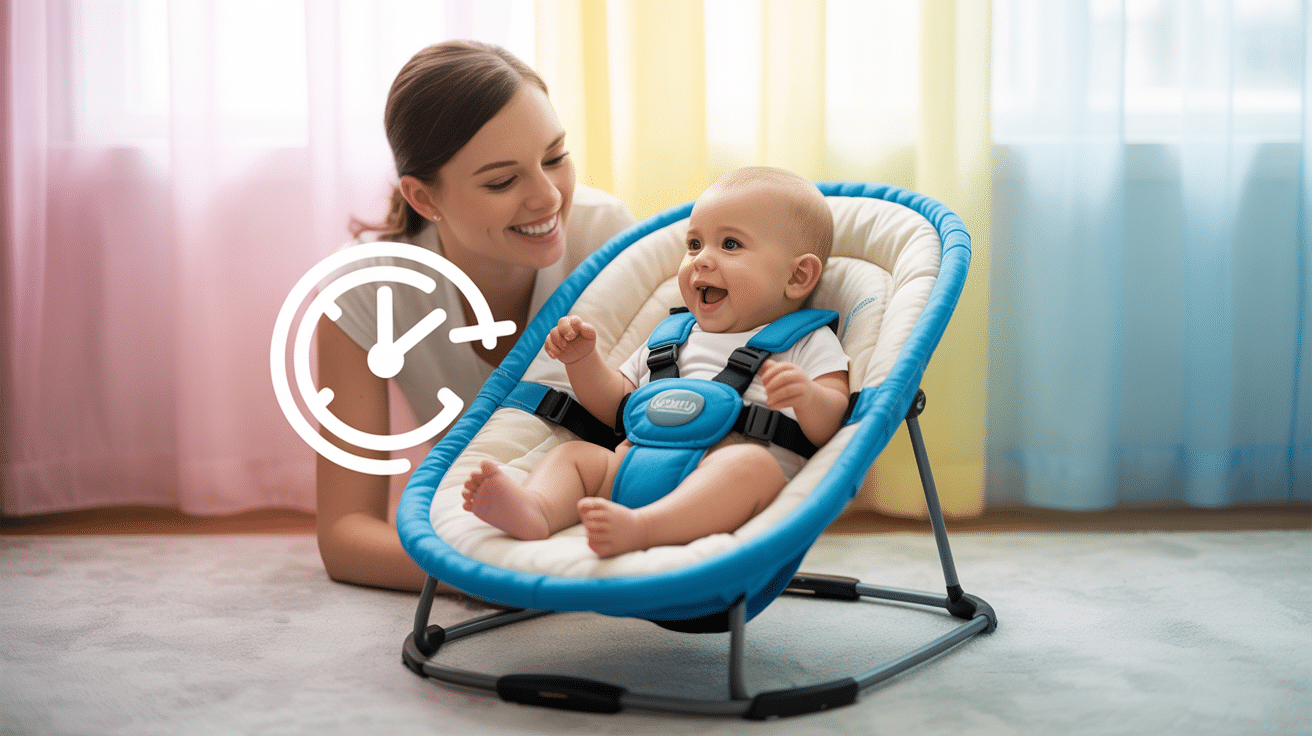
While baby bouncers offer many benefits, parents should be aware of several important safety issues.
Many parents ask if bouncers are safe for babies, and the answer depends on proper usage and understanding the risks. The primary concern is the risk of falls or tipping if the bouncer isn’t used correctly.
This can happen when safety straps aren’t properly secured or when the bouncer is placed on soft or uneven surfaces like beds, couches, or cushions.
Any soft surface can cause the bouncer to tip sideways, creating danger for babies who can’t yet move themselves to safety.
Physical risks
- Sleep dangers: Babies should never sleep in bouncers as their heads can fall forward, restricting breathing.
- Fall hazards: Babies can fall if not properly secured with safety straps.
- Tipping risks: Never place bouncers on tables, beds, or other raised surfaces.
- Climbing attempts: As babies grow, they may try to climb out, increasing fall risk.
If you’re still wondering, are bouncers safe for babies? Keep in mind that proper use, on a firm, flat floor and with straps secured, minimizes these dangers.
Developmental concerns
- Using bouncers too much might slow a baby’s physical development.
- Extended time in any baby seat can lead to flat spots on the head (positional plagiocephaly).
- Limited free movement might delay crawling and walking milestones.
While short bouncer sessions (15-20 minutes) are fine, babies should spend most of their awake time with freedom to move. That’s key when weighing whether are bouncers safe for babies in your daily routine.
Benefits of Using Baby Bouncers
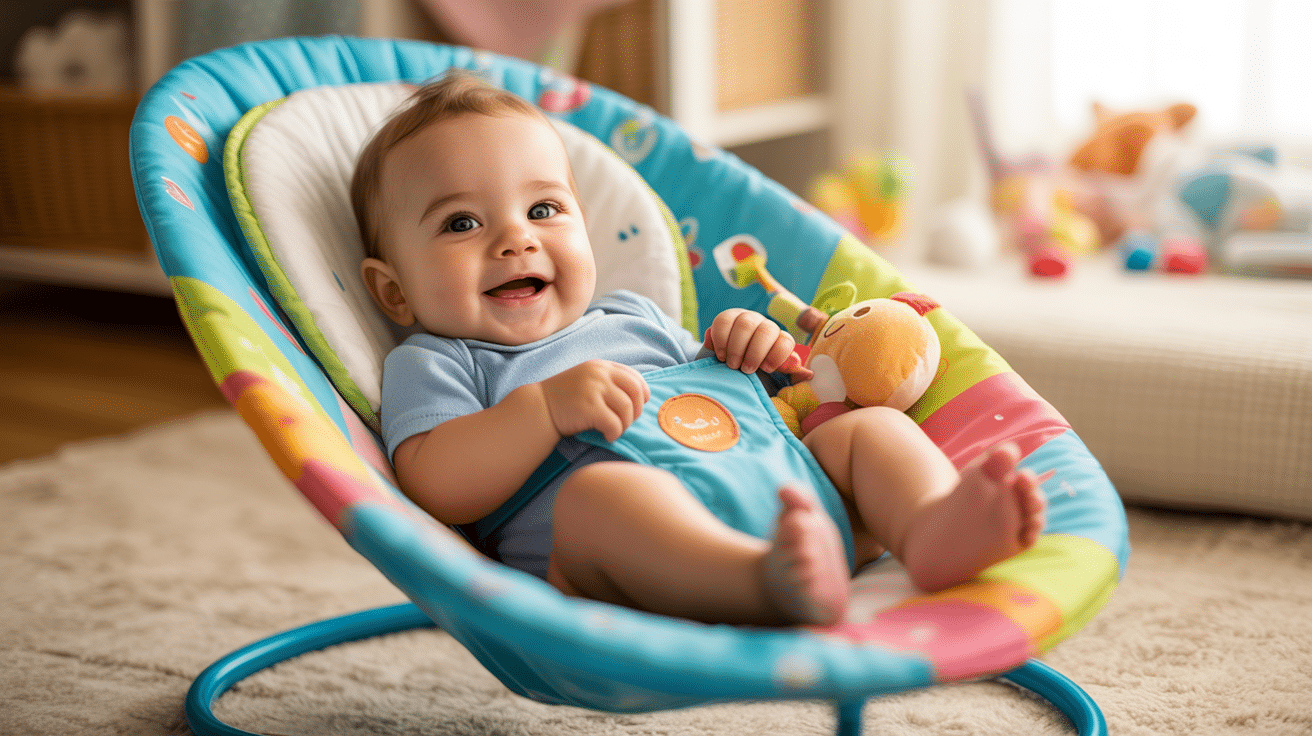
Baby bouncers are a popular item for parents, providing both entertainment and comfort for their little ones. Here are some benefits of using baby bouncers:
- Helps with soothing: Baby bouncers gently rock or bounce, which can help calm and soothe a baby. The gentle motion can be very comforting, especially when your baby is feeling fussy or upset.
- Promotes development: The motion of the bouncer encourages babies to develop their muscles and coordination. Babies learn to control their movements, which helps improve their motor skills over time.
- Provides hands-free time for parents: Baby bouncers allow parents to have some hands-free time. This can be useful when you need to take care of other tasks like cooking or cleaning, as your baby will be safely secured in the bouncer.
- Portable and convenient: Baby bouncers are easy to move around. Whether you’re in the living room or the kitchen, you can bring your baby with you. Many bouncers are lightweight and fold easily for storage.
- Safe and comfortable: Baby bouncers are designed to be safe for babies. Most models come with a secure harness to keep your baby in place. They also provide a soft and comfortable seat, which helps your baby feel relaxed.
- Entertaining for babies: Many baby bouncers come with toys, music, or vibration settings. These features keep your baby entertained and engaged, helping to stimulate their senses and keep them happy.
- Helps with sleep: The soothing motion of a baby bouncer can also help babies drift off to sleep. If your baby struggles to fall asleep, a gentle bounce can be a great way to lull them into a nap.
Safer Alternatives to Baby Bouncers
These options provide variety in your baby’s daily routine and can be used at different developmental stages for both play and rest.
| Item | Key Benefits for Baby | Parent Advantages |
|---|---|---|
| Soft Floor Play Mats | Protects body; encourages reaching, rolling, and pushing up | Visual stimulation with colorful designs and toys |
| Baby Activity Gyms | Develops cause-and-effect learning, core strength, and coordination | Keeps the baby entertained and engaged |
| Tummy Time Pillows | Strengthens neck, shoulders, and back muscles | Reduces frustration with better visibility |
| Sitting Support Chairs | Amplifies sitting skills; prevents tipping | Ground-level support minimizes fall risks |
| Secure Play Pens | Encourages crawling, sitting, and standing while reducing injury risk | Peace of mind and freedom to multitask nearby |
Choosing the Right Baby Bouncer: Making a Smart Purchase
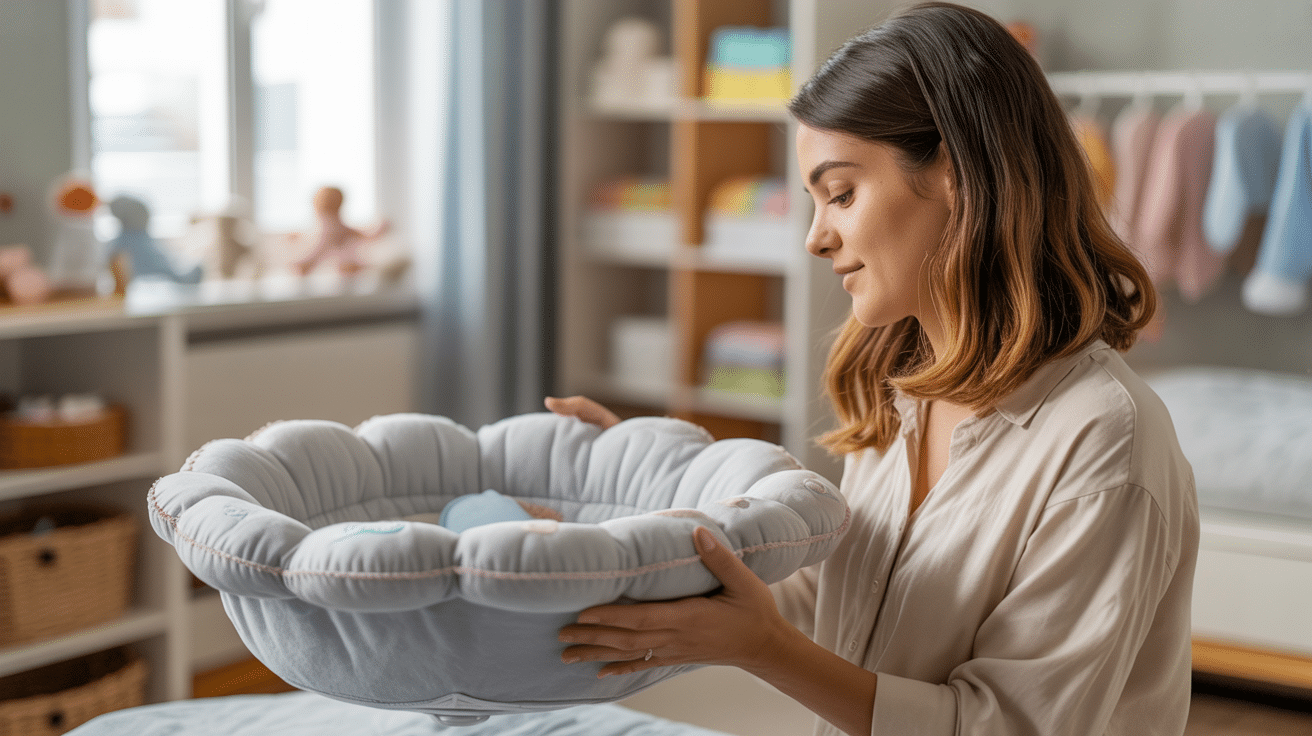
If a baby bouncer seems right for your family, investing time in selecting a quality option is crucial. Focus on construction quality first.
Safety Features
When selecting a bouncer, safety must be your top priority. Many parents wonder are bouncers safe for babies, and the answer depends largely on choosing one with proper safety features.
Better models include non-slip features for added stability on smooth floors. Choose a deep seat design that cradles your baby securely rather than a shallow one.
Select a bouncer with at least a three-point harness, though five-point harnesses offer the best protection by securing the shoulders, waist, and between the legs.
- Wide, stable base that resists tipping
- Deep, supportive seat that holds baby securely
- Multi-point harness system for maximum protection
- Comfortable, easy-to-clean removable fabric
- Quality standards
Quality Standards
Before finalizing your purchase, ensure the bouncer is appropriately sized for your baby’s current age and weight. The best bouncer is one that’s easy to use correctly every time and fully compliant with all safety standards.
If you choose a model with extra features like music or vibration, make sure they have simple controls that are easy to turn off when not needed.
- Always verify that your chosen bouncer meets the ASTM F2167 safety standard for infant bouncer seats.
- Check reviews from other parents to understand real-world performance and durability.
- Remember that simple models often work just as well as feature-rich ones and typically cost less.
Common Concerns and Myths About Baby Bouncers
Baby bouncers are a leading cause of flat spots on babies’ heads
- Truth: Short, supervised bouncer sessions don’t contribute to flat head syndrome.
- Expert tip: Alternate bouncer time with tummy time and carrying your baby to promote a healthy head shape.
Using a baby bouncer will make your baby walk later than normal
- Reality: Research shows that limited bouncer use doesn’t affect walking milestones.
- Pediatrician advice: Ensure plenty of floor play alongside occasional bouncer sessions.
Baby bouncers provide a safe space for naps and sleeping
- Important safety fact: Bouncers create potential breathing hazards for sleeping babies.
- Safe Sleep Guidelines: Always transfer sleeping babies to a firm, flat crib or bassinet.
Higher-priced baby bouncers offer superior safety features
- Consumer truth: All baby bouncers must meet identical safety regulations.
- Smart shopping: Look for sturdy construction and proper head support rather than price.
Baby bouncers are safe to use throughout infancy and into toddlerhood
- Safety standard: Most bouncers should only be used until babies can sit independently (around 6 months).
- Warning signs: Stop using immediately when your baby reaches the weight limit or attempts to climb out.
Always follow the manufacturer’s guidelines and never leave your baby unattended in a bouncer for the safest experience.
The Bottom Line
So, are bouncers safe for babies? The answer isn’t a simple yes or no.
When used the right way with good supervision, for short periods, and on the floor only, they can be a helpful tool for parents. But they do come with risks that you need to know about.
In the end, the choice is yours. Just make safety your top concern, follow the rules, and pay attention to your baby’s needs.
With the right care, a bouncer can be a safe part of your baby’s day.


